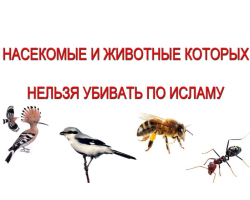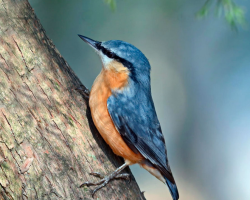Our nature is amazingly beautiful. Part of this beautiful nature is the Bird of Cormlan.
Content
Cormorants are familiar to us on sea beaches - rather large birds, who are distant relatives of pelicans who hunt fishing.
Appearance and behavioral features of the cormorant
- Baklanov can be compared with ducks or geese-a length of half a meter to a meter with a wingspan of 0.8-1.6 m. The dimensions of birds of the same species vary not only depending on age, but also according to the gender principle-females, as a rule, are smaller.
- Baclans coloring Also variable: in childhood, the chicks are light brown, and with age, the color of the feathers is becoming everything black And begins to cast with metallic or blue. Representatives of some species are decorated with white spots on the abdomen or head, as well as the presence the crest. But the “voice” of the cormorants is not too pleasant - it looks like a croaking or even moaning.

In the process of evolution, the cormorants acquired many “improvements” of the body that help to make fishing as effectively as possible:
- Them beak It resembles a fisherman hook - very narrow, cylindrical shape, with pointing at the end, but at the same time the bird can open it very widely and swallow the large Rybin.
- Their whole body is narrow, as if elongated forward with an arrow, turning into A long neck.
- For quick swimming and powerful diving, nature endowed the cormorants with weeds, strong paws allocated a little back.
- Eyes Birds are equipped with a flashing membrane - absolutely transparent, so they see perfectly under water.
Thanks to the above points, Kalklan is able to dive for a boot of 15 meters into the water column and stay there for two whole minutes!
In general, cormorants do not live in the wild in the wild-about six years, and the debtor's record holder has become Eared cormorantwho did not reach his 18th birthday slightly.
Bird of Cormlan: Types
Baclan is a fairly widespread genus of birds, which are divided into more than three dozen subspecies: Indian and Bering, large and crested, buuggen and reed, chubby and New Zealand, white -breasted and galapagos, antarctic blue -eyed and eared, red -faced and small variegated.
- Separately, it is worth noting a rare White cormorant - In the nature of such birds with white or slightly grayish plumage, you can meet infrequently. Interestingly, the “white crows” known by the idiom are, in fact, much more often than the representatives of this subspecies of the cups.

- Baklanov is also classified as sea \u200b\u200band freshwater, settled and migratory.
- For the territory of the Russian Federation, the most common are Big cormorants, You can also meet here Japanese, crested, Bering And small. Unfortunately, the last two subspecies are considered rare and listed in the Red Book.




Bird of Cormlan: Inhabitant and Nutrition
- It should be noted that cormorants are enough birds unpretentious to their habitat. The main thing is that there is a reservoir nearby, and weather conditions do not play a special role. Thanks to this, Baklanov can be found in any corner of the Earth, and not only on sea or river coasts, but even on swamps.
- As already noted above, the main ration of the cormorant is fish (Both small and medium sizes - herring, sardine, moy). In addition, cormorants can hunt for snakes, small sea animals, insects, frogs and crustaceans. And to improve their digestive processes, they swallow small pebbles.

- This voracious bird can eat a half-kilogram of food throughout the day, which, coupled with the multiplicity of their flocks, turns into a serious problem due to a sharp reduction in the amount of fish in reservoirs.
- People noticed fishing talents for cups for a very long time and attracted them to this Promotion. To do this, the Chinese and the Japanese came up with the way to put on the neck of the feathered divers a special ringnot allowing to swallow the fish, and they brought their catch to the owner - sometimes up to 100 kg per fishing.
Features of nesting and breeding cormorants
- Interestingly, that cormorants are very social birds. They not only nesting nearby in large numbers, but can also be nailed to the colonies of other birds - gulls, ducks and even penguins. They are monogamous And they create strong unions, often for life.
- Depending on the place of residence, cormorants can equip the nests both at the very top of trees and on coastal rocks.
- As a rule, the female puts aside to six white-blue matte eggs - One in a few days. The chicks of them hatch very helpless, without any plumage, which will begin to appear only after a long period of time: from a month to 80 days.
- Cormorants -Very responsible parents who supply their babies with food until their maturity, rarely even before they do not start their families (2-4 years after the birth).

Interestingly, that Before the marriage period, the appearance of the cormorants It undergoes some changes: a long crest grows suddenly, and the skin, devoid of feathers, becomes a bright shade - green, blue, red or yellowish.
Video: Baklan's voice and its features







